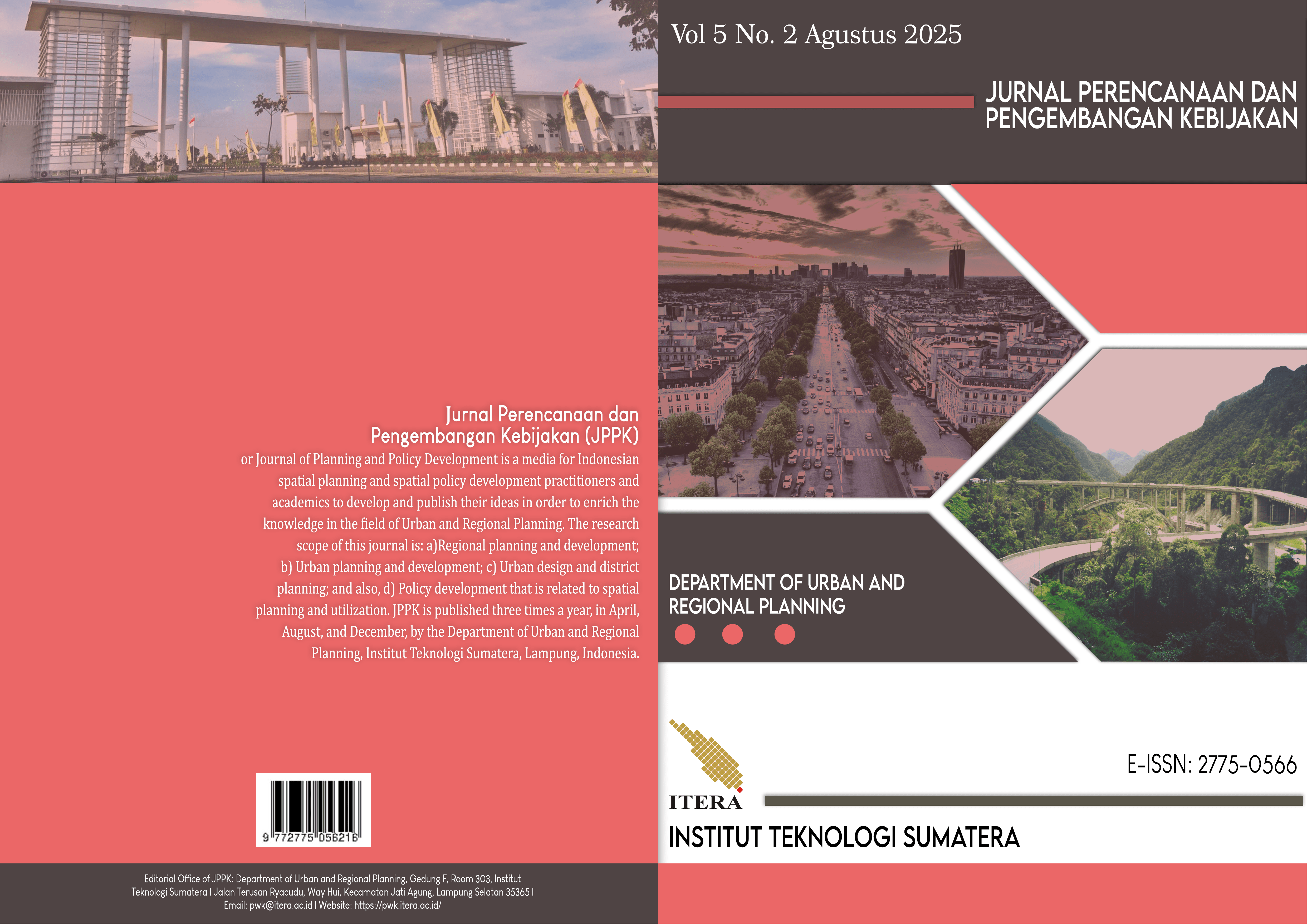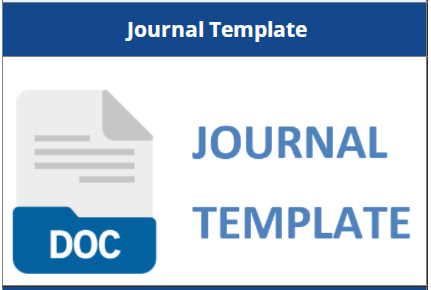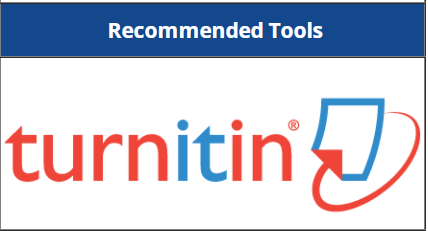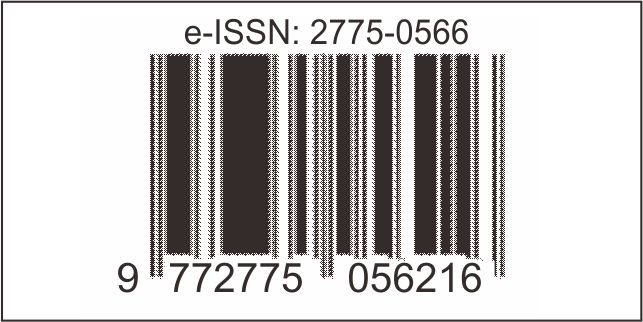Analisis Potensi Pengembangan Sentra Industri Kreatif Di Surakarta
Studi Kasus Kelurahan Serengan
Abstract
A creative city aims to improve community welfare by nurturing local creative clusters. Surakarta is a creative city that developed by establishing creative clusters in the form of creative villages. It is widely known for its batik idustry. While most of its clusters focus on batik industries, Serengan Subdistrict has an alternative creative cluster potential that specifically produces blangkon and shuttlecock. This study employs a qualitative descriptive method to examine the potential of non-batik creative cluster in Serengan Subdistrict. Our analysis is guided by the three dimensions of creative potential: creative economy, creative milieu, and creative class. Data and information were collected from documentary reviews, observations, and interviews. The data were subsequently processed using a descriptive qualitative research method. The study findings emphasies the strong potential of Serengan to be promoted as a strategic creative cluster that produces alternative products amidst the domination of batik industries in Surakarta, which is expected to improve the well-being of the local community. However, among the three components of a creative city, the creative class and the creative milieu’s development remain underdeveloped. Collaborative processes and participatory activites are still infrequent, and there are no dedicated spaces that facilitate these interaction.
Downloads
References
Anjaningrum, W. D., & Sidi, A. P. (2018). Kreatifitas dan Inovasi Produk Industri Kreatif. Conference on Innovation and Application of Science and Technology (CIASTECH), 1(1), 61–70.
Astuti, W., Permana, A. S., Qomarun, Q., & Andisetyana, R. (2017). Integrated Planning Model Of Creative Industry-Based Kampung Tourism In Jayengan Sura-karta, Indonesia. Planning Malaysia, 15.
Badan Pusat Statistik. (2024). Kecamatan Serengan Dalam Angka Tahun 2024.
Bappeda Kota Surakarta. (2021). Laporan Akhir Penyusunan Rencana Aksi Pengembangan Ekonomi Kreatif Kota Surakarta Tahun 2022–2026.
Basrowi, S. (2008). Memahami penelitian kualitatif (1st ed., Vol. 12). Rineka Cipta.
Kusumahati, B. A., Kahar, S., & Nugraha, A. L. (2014). Peta persebaran industri batik di Kota Surakarta berbasis website. Jurnal Geodesi Undip, 3(1). https://doi.org/10.14710/jgundip.2014.4721
Dinas Komunikasi, Informatika, Statistik, dan Persandian Kota Surakarta. (2024). Peraturan Kepala Dinas Nomor 026 Tahun 2024 tentang Pembentukan Kelompok Informasi Masyarakat (KIM) Pengrajin Blangkon Kelurahan Serengan Kecamatan Serengan.
Landry, C. (2006). The Art of City-Making. Trowbridge: Routledge.
Mere, K., Santoso, M. H., Mutiasari, M., Rahmawati, H. U., & Harahap, M. A. K. (2023). Peran Ekonomi Kreatif Dalam Menggerakkan Pertumbuhan Ekonomi Lokal. Community Development Journal: Jurnal Pengabdian Masyarakat, 4(6), 12324–12329.
Mukaromah, H., Permana, C. T., & Astuti, W. (2023). Aiming Towards Creative City: How Surakarta City Government Applied The Sustainability-Oriented Innova-tion (SOI) As a Strategy To Empower Local Small And Medium Creative Industries. In IOP Conference Series: Earth and Environmental Science .
Pemerintah Kota Surakarta. (2019). Keputusan Walikota Nomor 536/60 Tahun 2019 tentang Sentra Industri Kecil dan Menengah.
Pemerintah Kota Surakarta. (2021). Peraturan Daerah Kota Surakarta Nomor 4 Tahun 2021 tentang Rencana Tata Ruang Wilayah Kota Surakarta Tahun 2021-2024
Pemerintah Provinsi Jawa Tengah. (2021). Peraturan Daerah Provinsi Jawa Tengah Nomor 5 Tahun 2021 tentang Pengembangan Ekonomi Kreatif di Provinsi Jawa Tengah.
Permana, C. T., Shaw, D., & Dembski, S. (2025). Towards a More Collaborative Planning Process For Traditional Communities? A Sociological-Institutionalist Analysis of the Kampong Kauman in Surakarta, Indonesia. Cities, 158(105669).
Prajanti, S. D. W., Margunani, M., Rahma, Y. A., Kristanti, N. R., & Adzim, F. (2021). Kajian Strategis Pengembangan Ekonomi Kreatif Yang Inklusif Dan Berke-lanjutan Di Kota Semarang. Jurnal Riptek, 15(2), 86–101.
Priyatmono, A. F. (2013). Dari Wisata Kreatif Menuju Solo Kota Kreatif. Sinektika, 13(2), 69–75.
Purwanto, E., Utomo, B. P. C., & Widyaningsih, P. (2019). Induksi Teknologi pada Industri Kreatif Kampung Sentra Blangkon : Promosi, Pengelolaan Pemesanan dan Penjualan. Jurnal Abdimas PHB, 2(2).
Purwatmini, N. (2015). Peran Manajemen Rantai Pasokan (Supply Chain Manage-ment) Bagi Industri Kreatif Berbasis Industri Keramik. Jurnal Administrasi Kantor, 3(2), 525–538.
Satori, D., & Komariah, A. (n.d.). Metodologi Penelitian Kualitatif. Alfabeta.
Setiyadi, A. (2013). Pembangunan Visualisasi Peta Kota Solo. In Seruni-Seminar Riset Unggulan Nasional Informatika Dan Komputer .
Sugiyono. (2013). Metode Penelitian Pendidikan (Pendekatan Kuantitatif, Kualitatif dan R&D). Alfabeta.
Susiatiningsih. (2024). Burden Sharing as the Effort in Bridging Locality and Inter-nationalization: The Penetration of Kampung Batik Laweyan into Global Market. Proceedings of the 3rd Universitas Lampung International Conference on Social Sciences, 453–461.
Syahbudi, M. (2021). Ekonomi Kreatif Indonesia: Strategi Daya Saing UMKM In-dustri Kreatif Menuju Go Global (Sebuah Riset Dengan Model Pentahelix) (1st ed.). Merdeka Kreasi.
Syahidah, J. A. (2021). Keberlanjutan Unesco Creative City Network di Kota Pek-alongan (Analisis Aktor dan Hambatan Pada Kota Kreatif. As-Shahifah: Journal of Constitutional Law and Governance, 1(1), 53–78.
Tayyiba, M., Sungkari, H., & Mintarga, P. (2017). Buku Putih Kota Kreatif Ekosistem Yang Mencipta. ICCN.
Vatvani, J. M. (2020). Analisis Lokasi Industri Kerajinan Blangkon di Kecamatan Serengan Kota Surakarta [Skripsi]. Universitas Muhammadiyah Surakarta.












